Blog
5 Things Ruby Memorial Trauma Center Teaches About Morgantown Car Crashes
What West Virginia’s Level 1 Trauma Center Reveals About Our Roads Every siren wailing through the streets of Morgantown tells a story—a story that often ends at Ruby Memorial Hospital’s trauma center doors. As one of West Virginia’s Level 1 trauma centers, Ruby Memorial sees the aftermath of countless car accidents, providing not just life-saving…
How West Virginia’s $500,000 Cap Affects Your Catastrophic Injury Case
When Life-Changing Injuries Meet Legal Limits Imagine recovering from a devastating medical error that leaves you permanently unable to care for yourself, only to discover that West Virginia law limits your compensation for pain and suffering to $500,000—regardless of how severely your life has been altered. This harsh reality affects thousands of catastrophic injury victims…
Do You Have 2 Years to File Your Morgantown Car Accident Lawsuit?
Time Is Not on Your Side After a West Virginia Car Crash If you’ve been injured in a car accident, you have exactly two years from the date of your collision to file a lawsuit in West Virginia courts. This strict deadline, known as the statute of limitations, applies whether your crash happened on I-68…
The Role of Expert Witnesses in West Virginia Personal Injury Cases
Personal injury cases in West Virginia often involve complex questions about how an accident occurred, what injuries resulted, and how those injuries affect a victim’s life. While evidence like photos, medical records, and police reports plays an important role, many cases require deeper analysis that goes beyond what the average person can interpret. This is…
Why Morgantown’s Only Level I Trauma Center Matters for Your Case
When Seconds Count: The Critical Difference Between Life and Recovery Picture this: a devastating collision on Interstate 79 leaves you with life-threatening injuries, and paramedics rush you to the nearest trauma center. In that moment, whether you’re taken to a Level I trauma center versus any other facility could determine not just your survival, but…
Winter Driving Accidents in Morgantown: Ice and Snow Liability
Winter transforms Morgantown’s roads into unpredictable hazards. Steep hills, narrow streets, and sudden temperature drops create dangerous driving conditions that often lead to serious collisions. Snowfall, freezing rain, and black ice make it harder for drivers to maintain control, stop safely, or judge distances accurately. Every year, winter crashes send residents to emergency rooms, leave…
2 Years to File Your Morgantown Motorcycle Accident Lawsuit – Know Deadlines
Your Legal Clock Is Ticking After a West Virginia Motorcycle Crash If you’ve been injured in a motorcycle accident, you’re facing more than just physical recovery and mounting medical bills – you’re also racing against an invisible legal deadline that could make or break your ability to seek compensation. West Virginia law gives you exactly…
17 Deadly I-79 Crashes in Morgantown: When Do You Need a Truck Lawyer?
The Hidden Dangers of I-79: When Truck Accidents Turn Your Life Upside Down If you’ve witnessed the aftermath of a truck accident on I-79, you know the scene can be devastating. The recent acid spill near Goshen Road Exit that closed the interstate for nearly 48 hours serves as a stark reminder of how differently…
Most Dangerous Intersections in Morgantown for Car Accidents
Morgantown may be a small city, but its traffic patterns tell a different story. With university traffic, local commuters, out-of-town visitors, and tight roads merging into major routes, certain intersections see far more accidents than others. These areas often involve heavy congestion, confusing traffic flows, limited visibility, or drivers who are distracted or unfamiliar with…
What If I Am Partly to Blame for My Car Accident?
Getting into a car accident in West Virginia can leave you dealing with pain, missed work, and uncertainty about what comes next. When you believe you might share some responsibility, you may wonder: What if I am partly to blame for my car accident? That’s a common concern among injured drivers and passengers who want…
RECENT POSTS
- 5 Things Ruby Memorial Trauma Center Teaches About Morgantown Car Crashes
- How West Virginia’s $500,000 Cap Affects Your Catastrophic Injury Case
- Do You Have 2 Years to File Your Morgantown Car Accident Lawsuit?
- The Role of Expert Witnesses in West Virginia Personal Injury Cases
- Why Morgantown’s Only Level I Trauma Center Matters for Your Case
CATEGORIES
- Amusement Park Injuries and Fatalities (1)
- Awards (3)
- Bicycle Accident (3)
- Brain Injury (4)
- Car Accident Injuries (13)
- Car Accidents (47)
- Child Injuries (2)
- Client Testimonials (1)
- Community Involvement (3)
- Disability Claims Process (SSDI) (2)
- Disabled Person's Rights (2)
- DUI Collisions (1)
- Firm News (41)
- Fracking News in WV (1)
- Hit and Run Accidents (2)
- Holidays (2)
- Injuries (1)
- Insurance Issues (4)
- Legal Malpractice Representation (1)
- Motor Vehicle Safety (1)
- Motorcycle Accidents (11)
- motorcycle collision (2)
- New Legislation (1)
- Pedestrian Accidents (4)
- Personal Injury (22)
- Product Defects (1)
- Rideshare Accident (1)
- Slip & Fall (1)
- Technology (1)
- Toxic Exposure (1)
- Truck Accidents (11)
- Water Contamination (1)
- Whiplash Injury (2)
- Workplace Injuries (4)
- Wrongful Death (5)

| Monday | Open by appointment |
| Tuesday | Open by appointment |
| Wednesday | Open by appointment |
| Thursday | Open by appointment |
| Friday | Open by appointment |
| Saturday | Open by appointment |
| Sunday | Open by appointment |

| Monday | Open by appointment |
| Tuesday | Open by appointment |
| Wednesday | Open by appointment |
| Thursday | Open by appointment |
| Friday | Open by appointment |
| Saturday | Open by appointment |
| Sunday | Open by appointment |

